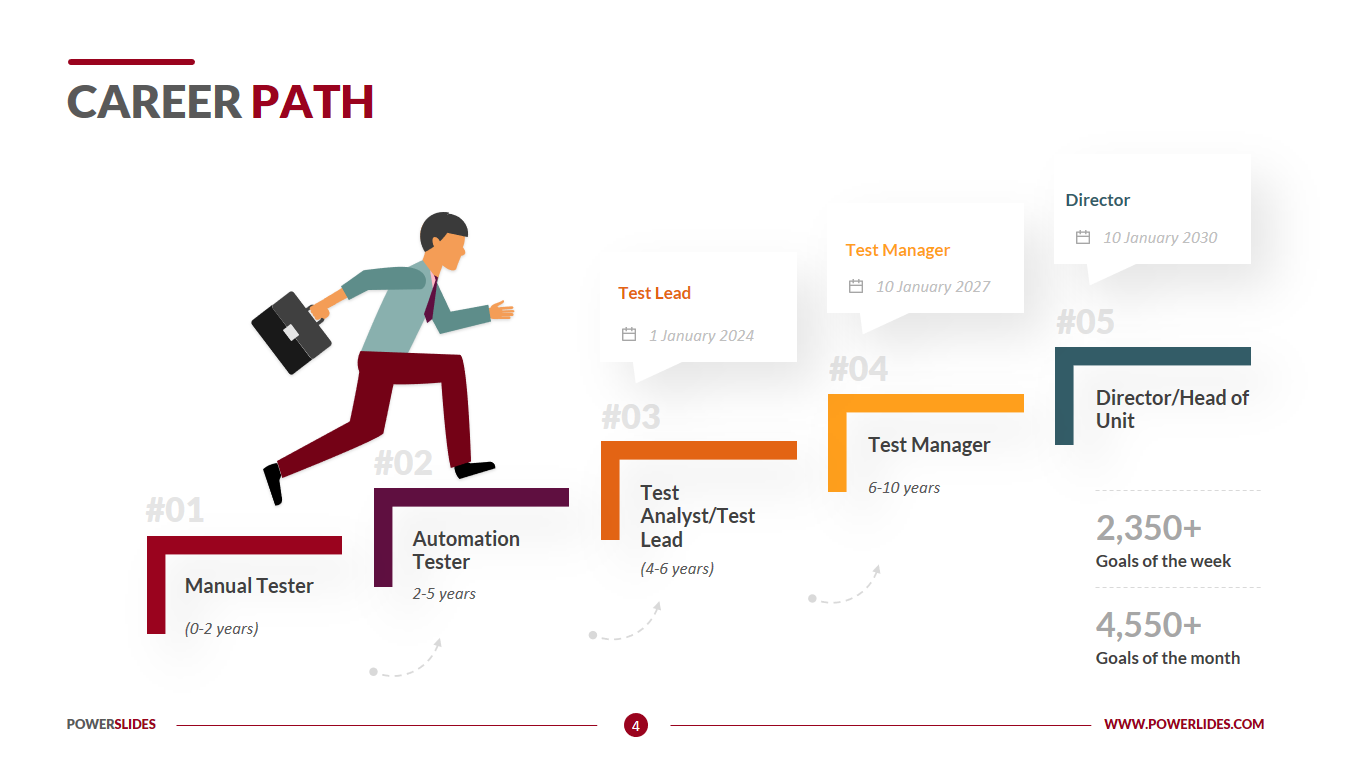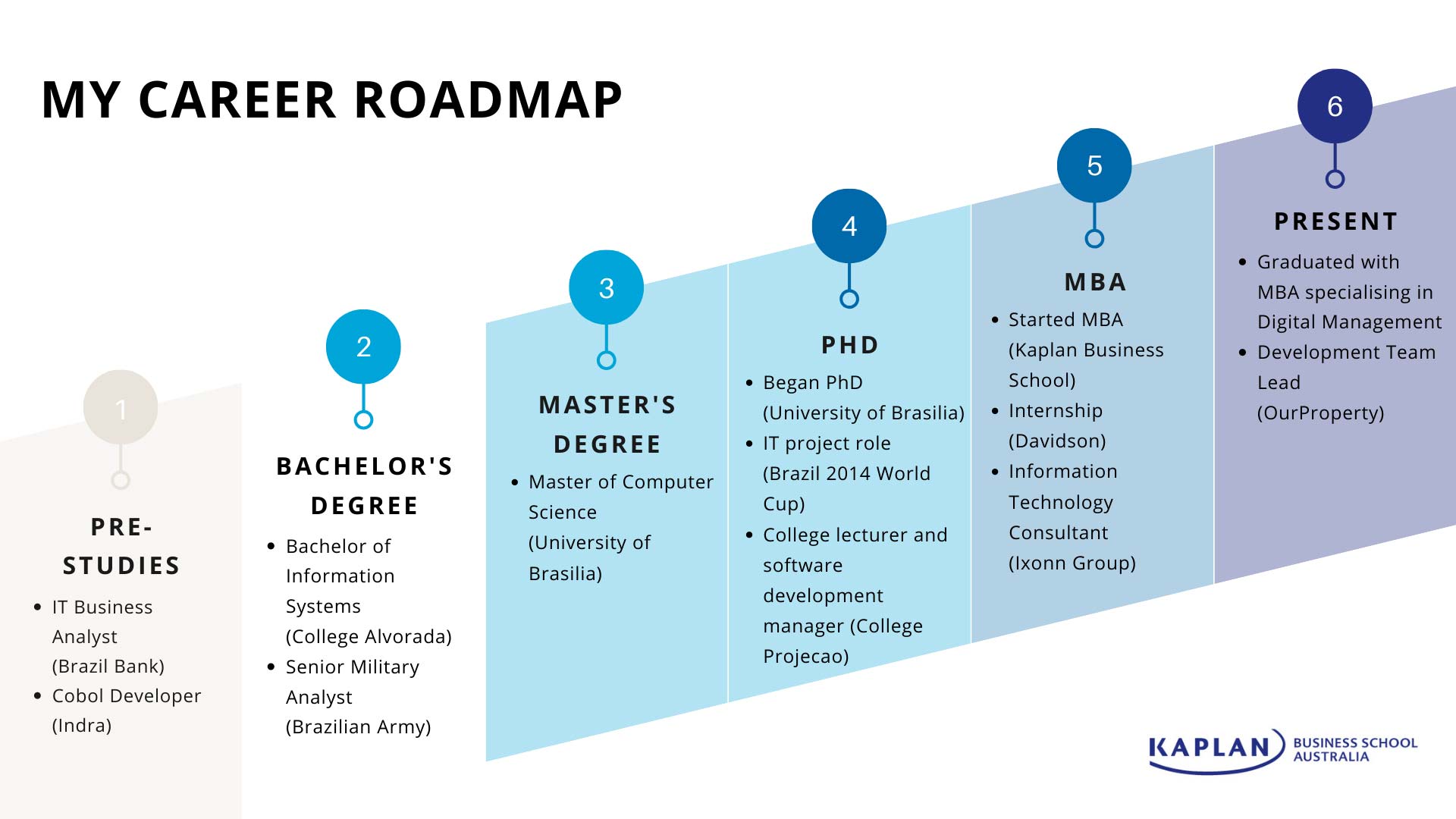Navigating the Path Beyond O Levels: A Guide to Career Opportunities
Related Articles: Navigating the Path Beyond O Levels: A Guide to Career Opportunities
Introduction
With enthusiasm, let’s navigate through the intriguing topic related to Navigating the Path Beyond O Levels: A Guide to Career Opportunities. Let’s weave interesting information and offer fresh perspectives to the readers.
Table of Content
Navigating the Path Beyond O Levels: A Guide to Career Opportunities

The completion of O Levels marks a significant milestone in a student’s academic journey, opening doors to a diverse range of career paths. This period presents a crucial juncture where individuals must navigate the complexities of choosing a future profession that aligns with their interests, skills, and aspirations. This article provides a comprehensive overview of the job market available to O Level graduates, exploring the various avenues that can be pursued and the factors to consider when making this crucial decision.
Understanding the Landscape: Exploring Post-O Level Options
The world of work offers a vast spectrum of opportunities for O Level graduates, ranging from vocational training programs to entry-level positions in various industries. It’s essential to recognize that the path chosen after O Levels significantly impacts future career trajectory and overall career satisfaction.
1. The Vocational Route: A Practical Foundation
Vocational training programs provide hands-on experience and practical skills in specific trades or industries. These programs offer a direct pathway to employment, equipping individuals with the necessary knowledge and abilities to excel in their chosen field.
a. Advantages of Vocational Training:
- Direct Employment: Vocational training programs often lead to immediate job opportunities upon completion, reducing the transition period between education and employment.
- Practical Skills: The focus on practical skills ensures graduates are equipped with the necessary tools to perform tasks efficiently and effectively in their chosen profession.
- Industry-Specific Knowledge: These programs provide specialized knowledge and training relevant to specific industries, making graduates highly sought after by employers.
b. Popular Vocational Training Options:
- Apprenticeships: Combine on-the-job training with classroom instruction, providing a comprehensive learning experience.
- Technical and Vocational Education and Training (TVET): Offers courses in various fields, such as automotive, electronics, construction, and hospitality.
- Diploma Programs: Provide a more in-depth understanding of a specific field, often preparing graduates for entry-level management positions.
2. The Academic Path: Building a Strong Foundation
For those seeking a more academic foundation, pursuing further education after O Levels is a viable option. This route allows individuals to specialize in their chosen field and acquire a deeper understanding of their chosen subject.
a. Advantages of Further Education:
- Higher Earning Potential: Higher education often leads to higher salaries and improved job prospects.
- Career Advancement: Academic qualifications are crucial for career progression and leadership roles in many industries.
- Enhanced Knowledge and Skills: Further education provides a more comprehensive and in-depth understanding of a particular field.
b. Popular Educational Pathways:
- A Levels: A two-year program that prepares students for university admission.
- International Baccalaureate (IB): A globally recognized program that emphasizes interdisciplinary learning and critical thinking.
- Diploma Programs: Offered by various institutions, these programs provide specialized knowledge and skills in a specific field.
3. The Direct Entry Route: Gaining Experience Early
Some individuals choose to enter the workforce directly after O Levels, gaining practical experience and developing valuable skills through entry-level positions. This route offers immediate exposure to the working world and the opportunity to learn from experienced professionals.
a. Advantages of Direct Entry:
- Early Work Experience: Provides valuable practical skills and exposure to the workplace environment.
- Learning on the Job: Allows individuals to develop their skills and knowledge through hands-on experience.
- Financial Independence: Offers the opportunity to earn an income and become financially independent.
b. Popular Entry-Level Positions:
- Customer Service Representative: Provides excellent communication and interpersonal skills.
- Data Entry Clerk: Develops accuracy and attention to detail.
- Sales Associate: Enhances communication and persuasion skills.
Factors to Consider When Choosing a Post-O Level Path
Choosing the right path after O Levels is a critical decision that should be made thoughtfully, considering various factors:
- Interests and Passions: Aligning your career choice with your interests and passions is crucial for long-term job satisfaction.
- Skills and Abilities: Evaluate your existing skills and identify areas where you excel, considering how these can be applied to different careers.
- Career Goals and Aspirations: Define your long-term career goals and aspirations and choose a path that aligns with these ambitions.
- Job Market Trends: Research current job market trends and identify industries with high demand for skilled professionals.
- Financial Considerations: Factor in the financial implications of different career paths, including costs of education or training.
FAQs About Jobs After O Levels:
1. What are the most in-demand jobs after O Levels?
The demand for jobs varies based on industry and location. However, some consistently in-demand fields include healthcare, technology, hospitality, and customer service.
2. Can I pursue a university degree after O Levels?
Yes, completing A Levels or an equivalent qualification is usually required for university admission. Some universities may offer diploma programs that can be pursued after O Levels.
3. How can I find relevant job opportunities?
Online job boards, recruitment agencies, industry-specific websites, and networking events are valuable resources for finding relevant job opportunities.
4. What are the salary expectations for entry-level jobs after O Levels?
Salaries vary significantly based on the industry, location, and specific job role. Researching average salaries for similar positions in your area can provide a general idea.
5. What are some tips for preparing for a job interview after O Levels?
Research the company and position, practice answering common interview questions, dress professionally, and arrive on time.
Tips for Success After O Levels:
- Seek Guidance and Mentorship: Connect with career counselors, teachers, or professionals in your field of interest for guidance and advice.
- Develop Soft Skills: Focus on developing essential soft skills, such as communication, teamwork, problem-solving, and critical thinking.
- Stay Informed: Keep abreast of industry trends, technological advancements, and emerging job opportunities.
- Network and Build Relationships: Attend industry events, join professional organizations, and connect with individuals in your field.
- Embrace Continuous Learning: Engage in ongoing learning and skill development to remain competitive in the job market.
Conclusion:
The transition from O Levels to the professional world is a significant step in an individual’s life. By carefully considering their interests, skills, and career goals, individuals can make informed decisions that lead to fulfilling and successful careers. Whether pursuing vocational training, further education, or direct entry into the workforce, the path chosen after O Levels lays the foundation for a promising future.








Closure
Thus, we hope this article has provided valuable insights into Navigating the Path Beyond O Levels: A Guide to Career Opportunities. We appreciate your attention to our article. See you in our next article!
